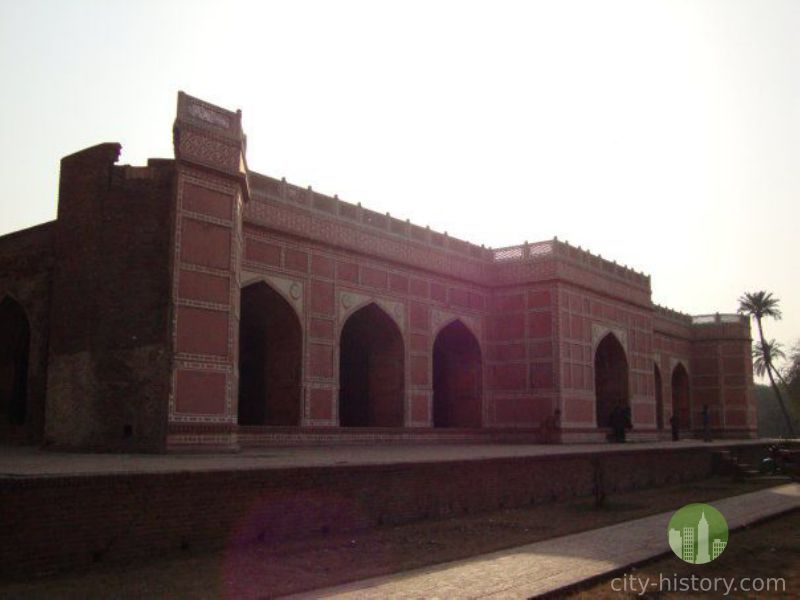
Tomb of Nur Jahan
Nur Jahan (alternative spelling Noor Jahan, Nur Jehan, etc.) (31 May 1577 – 17 December 1645) born as Mehr-un-Nissa, was Empress of the Mughal Empire as the chief consort of Emperor Jahangir. A strong, charismatic and well-educated woman, she is considered to be one of the most powerful and influential women of the 17th century Mughal Empire. She was the twentieth and favourite wife of the Emperor Jahangir who ruled the Mughal Empire at the peak of its power and supremacy. The story of the couple’s infatuation for each other and the relationship that developed between them has been inspiration to many (often apocryphal) legends.
The Tomb of Nur Jahan is a red sandstone mausoleum located in Shahdara Bagh in Lahore, Punjab, Pakistan. It was constructed for the Mughal empress Nur Jahan as her final resting place.
The whole mausoleum is surrounded by Mughal gardens. Unlike her father's tomb (tomb of I'timād-ud-Daulah), which was constructed in white marble, Nur Jahan's mausoleum is primarily clad in red sandstone.
Standing on a platform of 158 square feet the tomb measures 124 square feet and 19.6 feet high. The vaulted ceilings were covered with marble and wrought with flower mosaics in semi-precious stones. Minute paneling was executed in intricate patterns and cornices are honeycomb shaped in several rooms. The inner floor is covered with marble and the outer platform with sandstone. The exterior, encased in red sandstone, was inlaid with floral motifs in addition to white, black and yellow marble. Turtle The central vaulted chamber of the tomb contains a marble platform with two cenotaphs, one that commemorates Nur Jahan and the other to commemorate her daughter, Ladli Begum. Built by Hakim Ajmal, Khan of Delhi in 1912, the original marble sarcophagus bears ornate workmanship and the name of Allah, in the same style and size as seen in the tombs of Jahangir and Asif Khan.
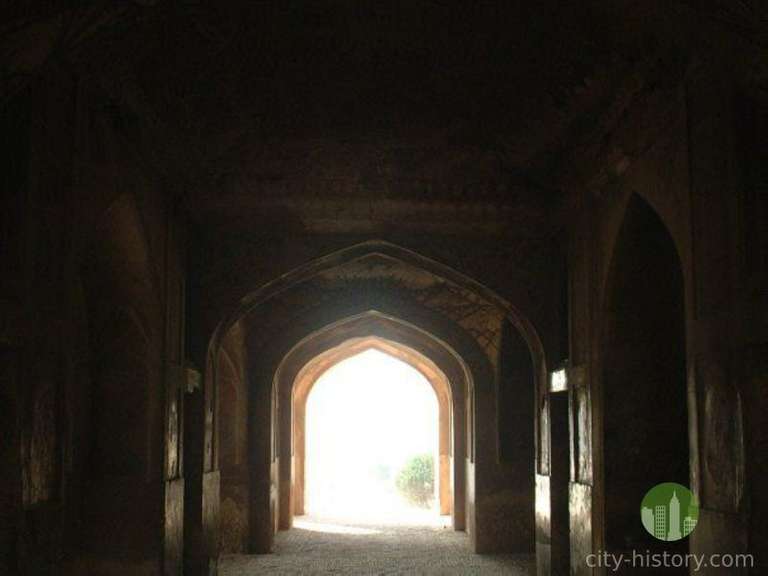

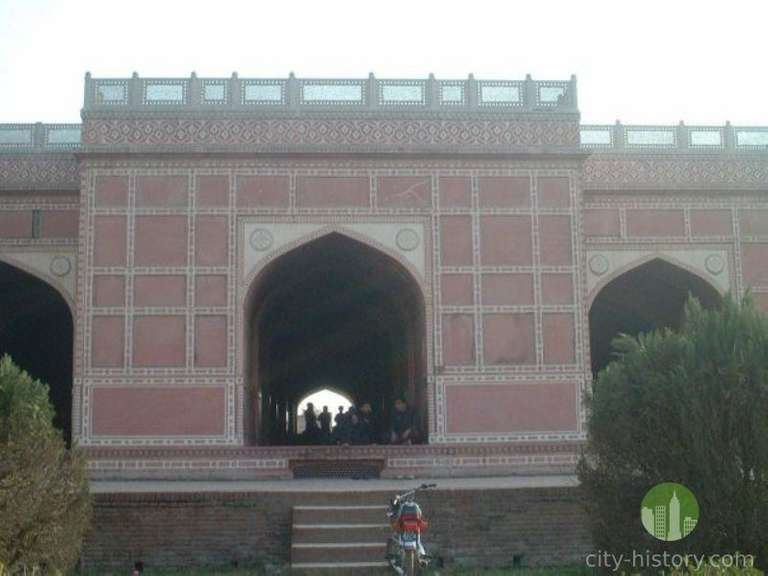
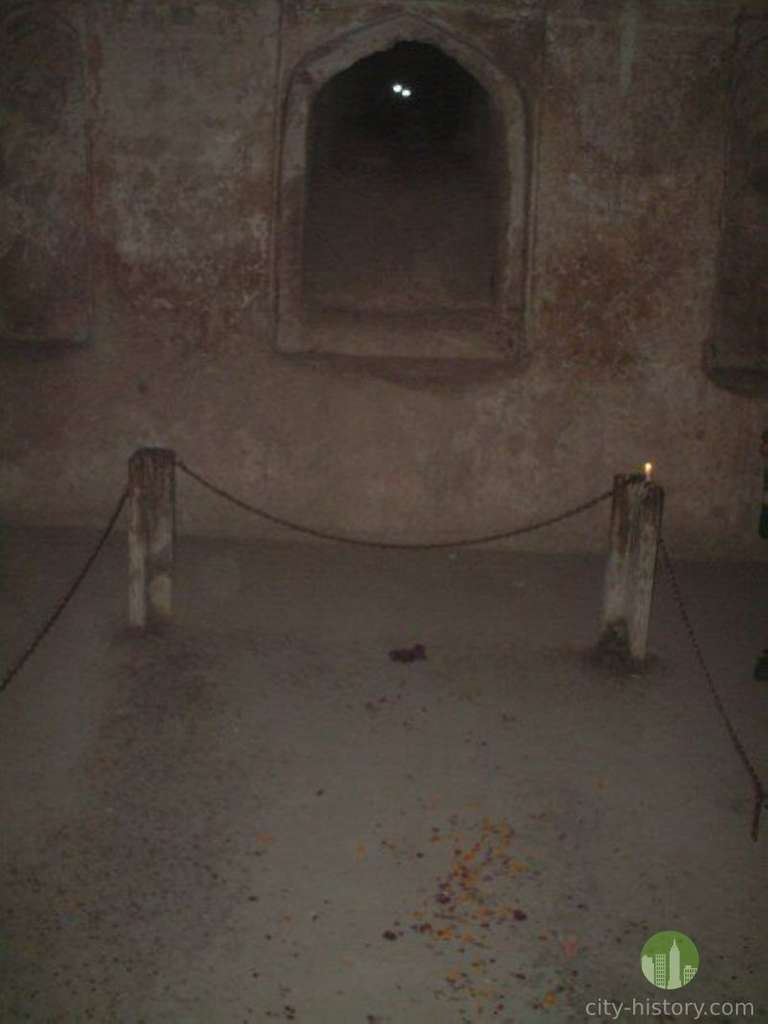



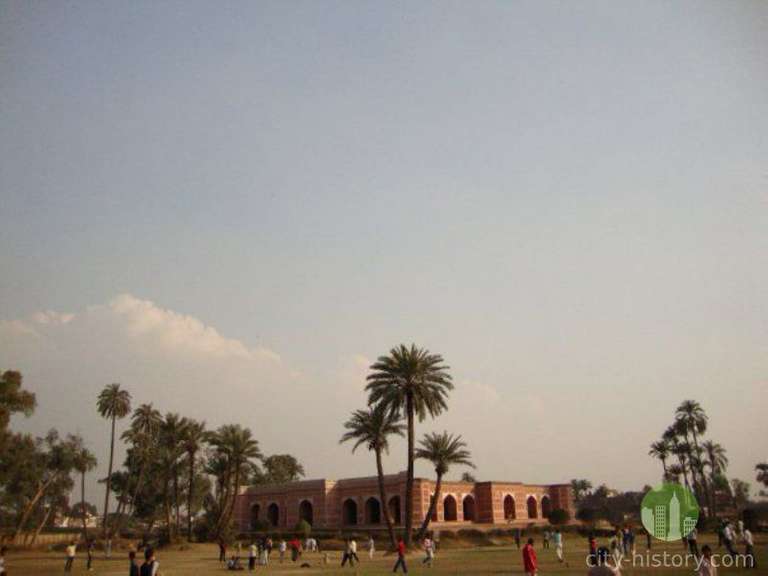
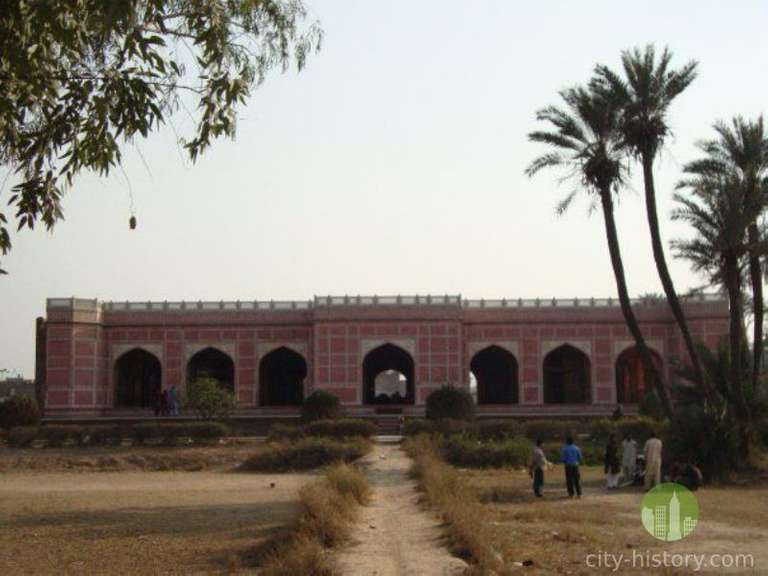
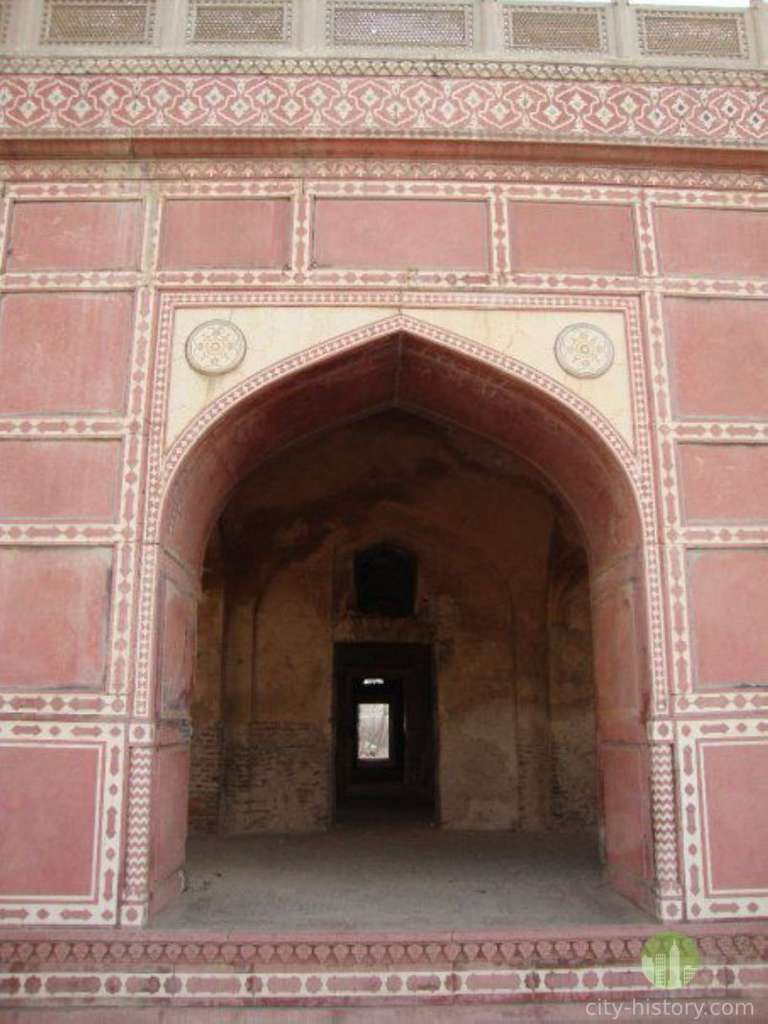



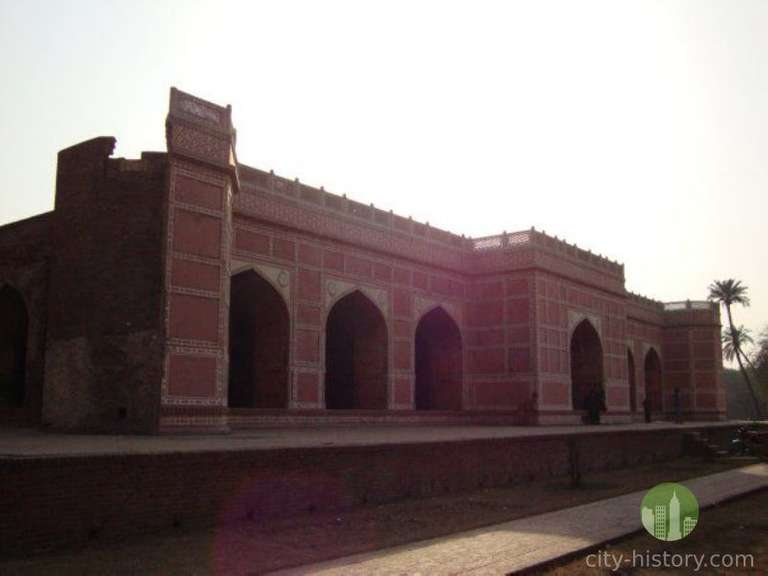


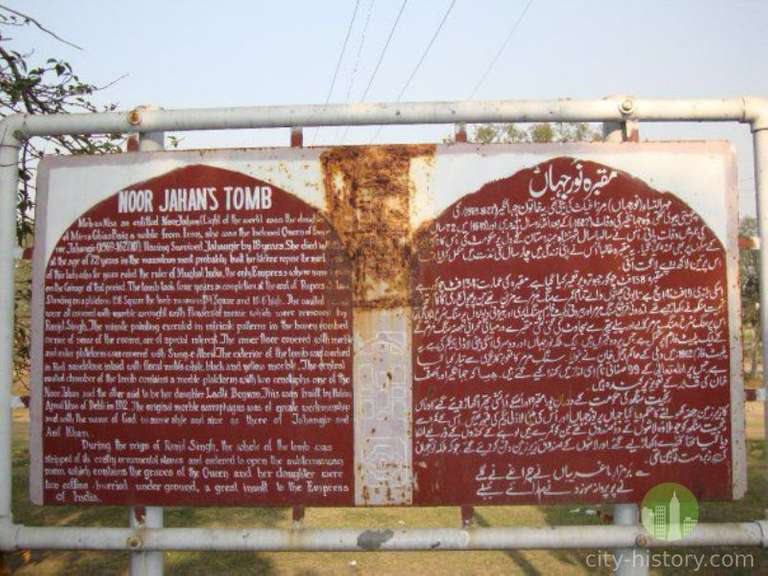
Comments